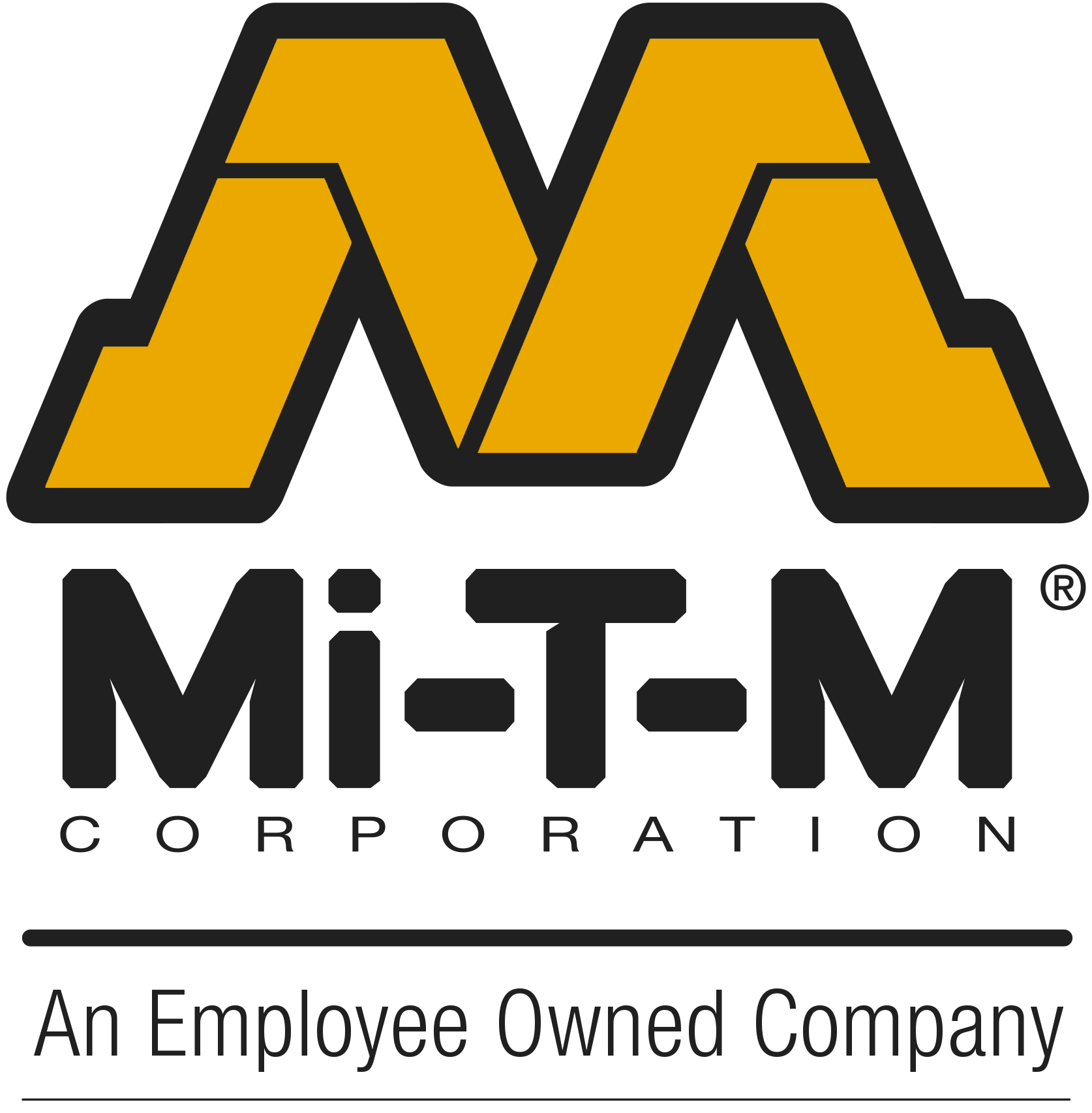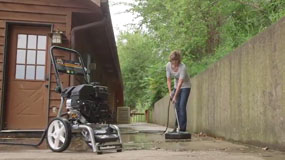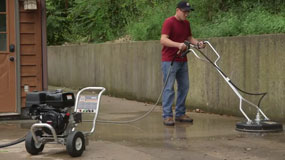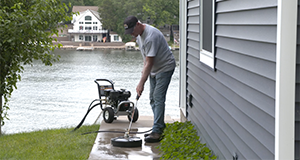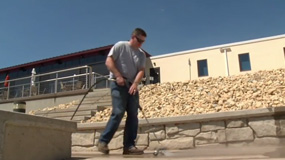Pressure Washer Surface Cleaner
If you have a large, flat, outdoor area to clean, Mi-T-M pressure washer surface cleaner is a great solution. Use it on wooden decks, patios, driveways, sidewalk and parking lots. This pressure washer accessory can outperform any pressure washer and nozzle combination in this application.
- It is important to clear away loose and large debris that could impede the motion of the surface cleaner.
- After connecting the water supply to the pressure washer, attach the surface cleaner to the high pressure hose, much like you would a standard wand assembly, making sure all connections are firmly in place.
- Turn on the water and start the pressure washer.
- Release the safety latch and squeeze the trigger gun.
- The spray bar under the surface cleaner will begin to rotate and create pressure, allowing the surface cleaner to glide along the surface.
- It is important to keep the surface cleaner moving to ensure an even cleaning pattern.
- As an added benefit, the surface cleaner hood contains the overspray, virtually eliminating additional clean up.
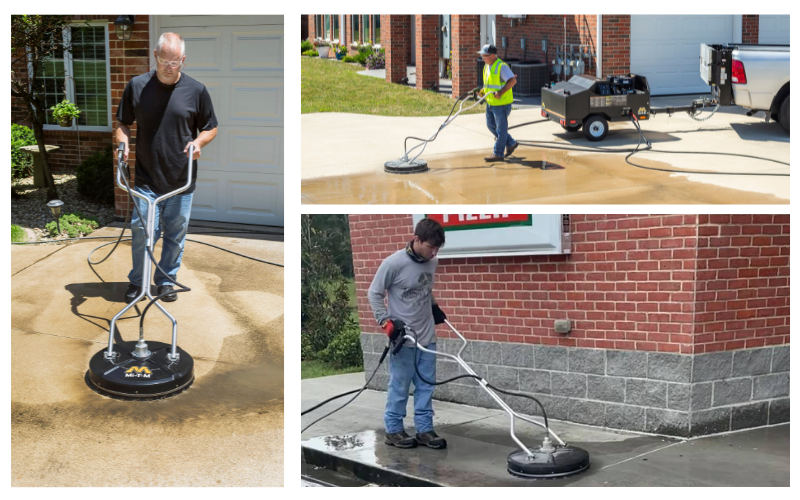
The Mi-T-M pressure washer surface cleaner can cover a large area quickly using less water, reducing your cleaning time, and giving you professional looking results.
Thanks for watching this tutorial on the pressure washer surface cleaner. For more tutorials on how to use a pressure washer and other pressure washer accessories, visit our channel on Youtube.
Pressure Washer Surface Cleaner FAQ
We know pressure washer surface cleaners. Find the answers you're looking for right here.
Yes, all sizes of rotary surface cleaners larger than the 14” model can be used with hot water pressure washers.
Each size of rotary surface cleaner requires a different amount of PSI. 14” – 1000 PSI, 20” – 3000 PSI, 24 & 28” – 3500 PSI
Each size of rotary surface cleaner requires a different amount of gallons of water per minute. 14” – up to 8.0 GPM, 20” – 3.0 to 5.0 GPM, 24” – 4.0 to 6.0 GPM & 28” – 4.0 to 10.0 GPM
Remove, inspect and clean nozzles. Replace if damaged. Ensure there’s no water leaking excessively from the weep holes on the rotary head (water will normally seep out of these holes)
Ensure nozzles aren’t damaged or plugged. Ensure rotary arms are straight. Ensure nozzle groove is in alignment with arm.
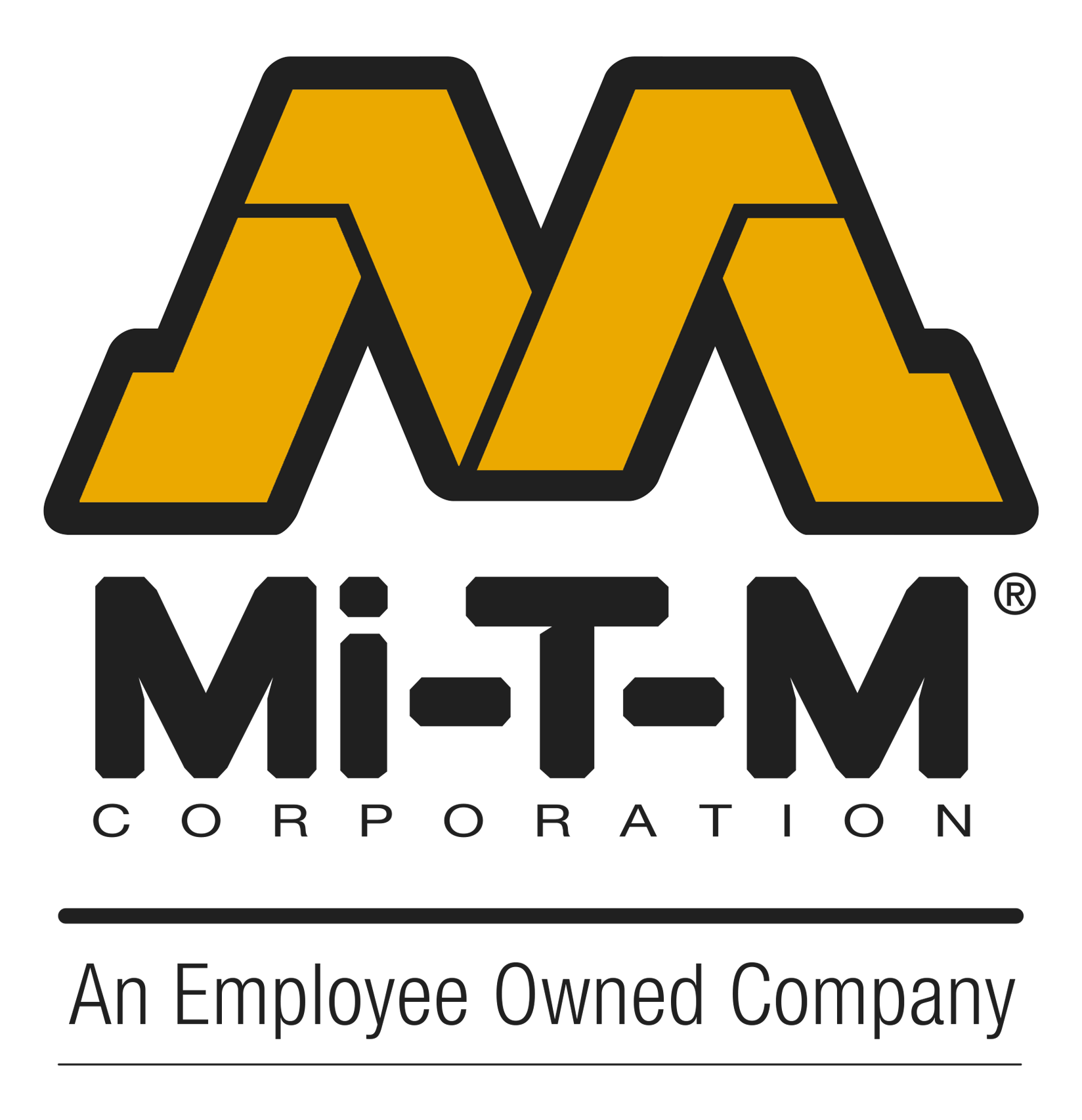



 Accessories
Accessories
 Pressure Washers
Pressure Washers
 Air Compressors
Air Compressors
 Generators
Generators
 Air Compressor Generators
Air Compressor Generators
 Air Compressor / Generator / Welders
Air Compressor / Generator / Welders
 Portable Heaters
Portable Heaters
 Water Treatment Systems
Water Treatment Systems
 Trailers
Trailers
 Water Pumps
Water Pumps
 Wet / Dry Vacuums
Wet / Dry Vacuums
 All Residential Products
All Residential Products
 All Commercial Products
All Commercial Products
 Pressure Washers
Pressure Washers
 Generators
Generators
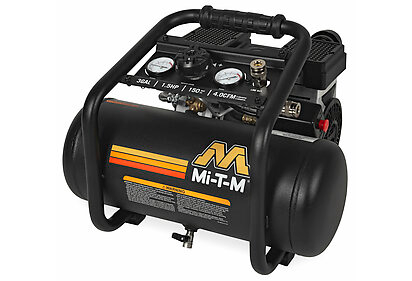 Air Compressors
Air Compressors
 Custom Fire Pits
Custom Fire Pits
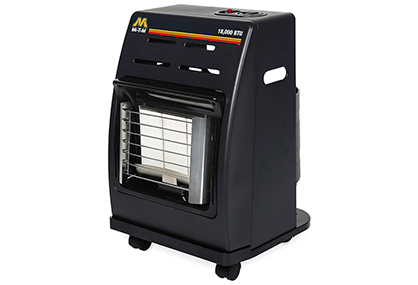 Portable Heaters
Portable Heaters
